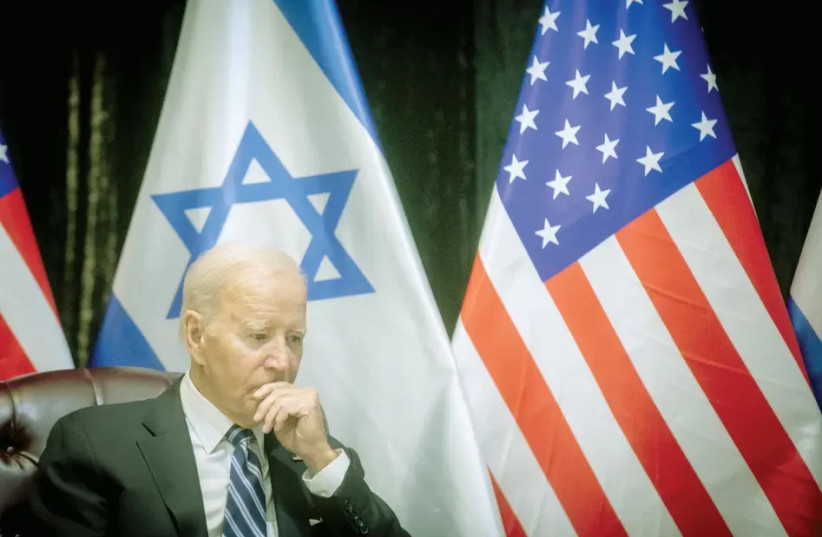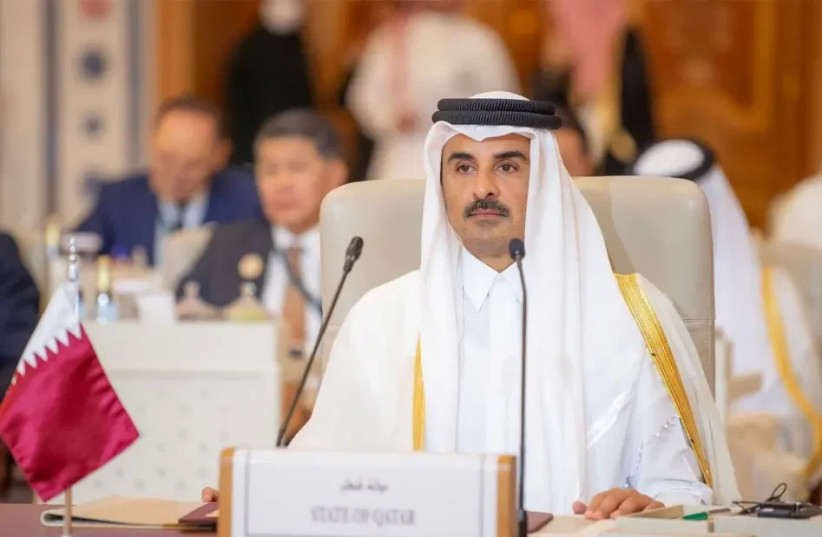The United States administration expects the hostage deal to be structured to provide an incentive for the release of all women and children, not just part.
A US senior official stressed that this deal pertains to all women and children. Hamas claimed initial difficulty in locating all the captives, but they assured the Qataris of their intention to do so during the truce.
The US administration emphasized that although there are hostages held not only by Hamas but also by the Palestinian Islamic Jihad and other terror organizations, it is Hamas's responsibility to secure the release of all captives.
Additionally, the United States hopes that this agreement will lead to a truce on the northern border, the senior official added.
The senior official noted that regarding a long-term solution for Gaza, the president believes that a secure Israel necessitates the establishment of a Palestinian state. He is determined to pursue this once the crisis is resolved.
President Biden was personally involved in facilitating hostage deal talks
Regarding the United States' involvement in the hostage deal negotiations, the senior official revealed that President Biden played a personal role in the talks.
Following Israel and Qatar's contact with the United States on October 7, the administration set up a covert "cell" to manage communications between Israel, Qatar, the USA, and occasionally Egypt. It became evident that Hamas conditioned the release of captives on the transfer of aid and fuel to the Gaza Strip, while Israel linked humanitarian pauses to the release of captives.

The first tangible achievement was the release of Judith and Natalie Ra'anan, two American citizens. The White House closely monitored their departure from Gaza in real-time and gained confidence that this approach could be applied to larger transactions.
The senior official stated, "Their return reassured us that Qatar can deliver through the secret cell we established."
In talks led by Mossad head David Barnea on the Israeli side and CIA chief William Burns on the American side, Israel made it clear that the deal must encompass all women and children and that Hamas must provide proof of life. The United States supported this stance, but initially, Hamas only agreed to release ten individuals.
On November 12, Biden had a challenging and intense conversation with the Emir of Qatar, conveying that this number was insufficient.

The senior official said, "Following the conversation, Hamas agreed to provide details on all 50 individuals." The next day, the War Cabinet approved the agreement's principles, and MK Ron Dermer, along with the Head of the National Security Council Tzachi Hanegbi, maintained continuous contact with US National Security Advisor Jake Sullivan and met with White House Coordinator for the Middle East and North Africa Brett McGurk.
On November 17, after a several-day standoff between Qatar and Hamas, Biden spoke with the Emir of Qatar once again, urging him to close the deal. Following this conversation, representatives from all parties gathered in Doha and crafted a detailed 5-6 page agreement.
The final responses were received on November 19 after a conversation between consultant Brett McGurk and the head of Egyptian intelligence.
